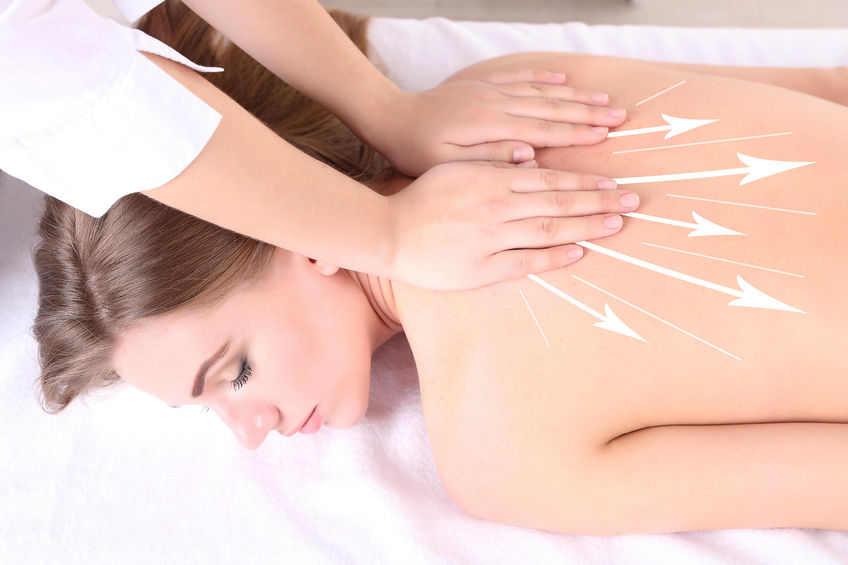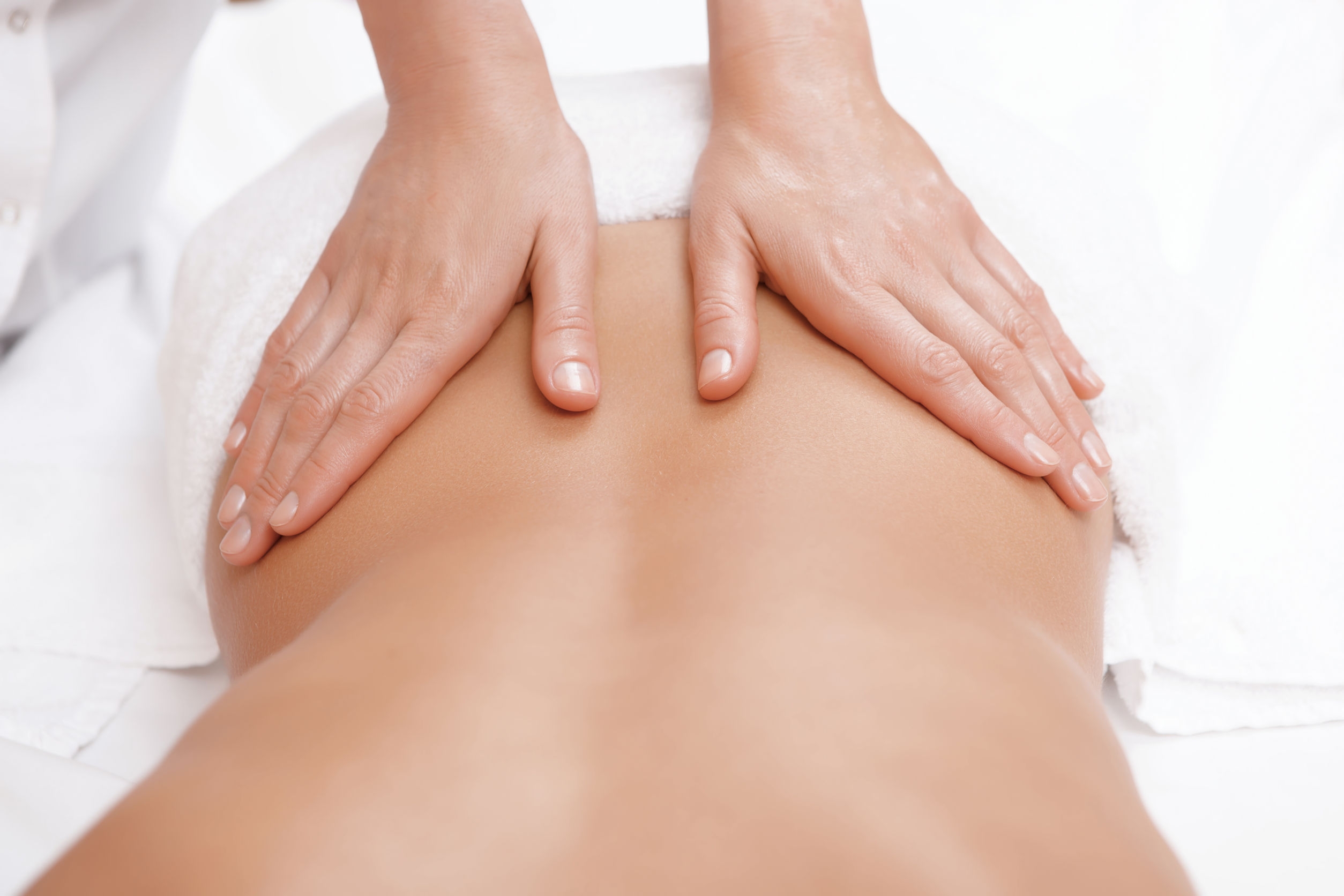Whether you're new to Swedish massage or just want to know more about it, our Sense therapists have put together an expert guide with everything you need to know. From what to expect from a treatment, to the history of how Swedish massage began. Read on to have all your questions answered.
Swedish Massage Quick Facts
- Duration: Usually about 50-60 minutes for a whole body massage
- Body parts treated: Back, shoulder, neck, arms, legs, feet and can also include head
- Techniques used: Effleurage, Petrissage, Kneading, Tapotement (outlined below)
- Equipment: Massage couch and oils
Looking for something in particular? Jump to the section you want here:
- What is Swedish massage?
- History of Swedish massage
- Why opt for Swedish massage?
- What to expect from a Swedish massage
- Additional media
What is Swedish massage?
 Swedish massage can be defined as the use of classic massage techniques to manipulate soft tissue for relaxation and holistic therapeutic purposes. It is the foundation of many Western massage practices such as acupressure massage, aromatherapy massage and reflexology, based on the theory of releasing tension by applying pressure to meridian points along the body.
Swedish massage can be defined as the use of classic massage techniques to manipulate soft tissue for relaxation and holistic therapeutic purposes. It is the foundation of many Western massage practices such as acupressure massage, aromatherapy massage and reflexology, based on the theory of releasing tension by applying pressure to meridian points along the body.
The techniques used within Swedish massage are the four main techniques that make up the core of nearly all different massage therapies, and are taught to every therapist when they begin. There are four main movements that are used to soothe and improve muscle condition, improve circulation and help you feel relaxed.
These four movements are called effleurage, petrissage, kneading and tapotement.
- Effleurage (also known as stroking) – this movement is done with the flat of the hand with the fingers close together and with the tips of the fingers turning slightly upwards or with the palm to cover a large surface area and should be slow and rhythmic. This movement is usually made towards the heart and increases the blood and lymph flow whilst also relaxing the patient.
- Petrissage – Petrissage (from French Petrir meaning to knead) is traditionally linked with the kneading movement. Typically when the movement is applied with the balls of the thumb or fingers the soft tissue is compressed with bone underneath it, this compression movement helps to eliminate waste products among many other benefits.
- Kneading – This is a deep movement that can be applied to many parts of the body, the action is very similar to that of kneading bread. Using the whole hand to grasp, lift and release a muscle or muscle group with alternate hands. The kneading action can improve elasticity and flexibility by creating movement between muscle bands.
- Tapotement – These are fine vibratory movements that can be applied with the fingers or hands, working very quickly and rhythmically. There is a variety of applications including Hacking and Cupping, beating and pounding.
- Hacking – This movement is applied with the edge of the hand (in a slightly relaxed position) with the fingers slightly spread apart, to create a vibration effect when the hand strikes the surface.
- Cupping – This movement is applied with the hands in a cupping position, when the hand is brought down on the body it creates a vacuum, so when the hand is taken away it sucks the blood towards the skin which is beneficial to the skin, peripheral nerve endings and subcutaneous tissue.
- Beating – This movement is applied by lightly striking with the palmer surface of a loosely held fist.
History of Swedish massage
There seems to be a lot of confusion around the origin of Swedish massage, but it is certain that this practise did not (single-handedly) come from Sweden. As with all massage, there are often a number of influencing factors and cultures that help to create a genre of massage, so to say that one person founded any particular massage is always inaccurate. However, in each specialism, there are usual one (or a few) individuals who significantly shape the discipline - but in the case of Swedish massage, even this is disputed.
Per Henrik Ling is often wrongly credited as the creator of Swedish massage, when Johann Georg Mezger may actually have influenced the practise more. However in general it is has been agreed that Swedish massage is a more Western form of massage, focusing on the anatomy and utilise massage to stretch and treat muscles to aid recovery. The name ‘Swedish Massage’ came from a mis-translation during WWII following which the practise became stuck with this name. You can read more about the history and the translation confusion here.
Why opt for Swedish massage?
There are many benefits that Swedish massage provide, such as:
- Pain Management
- Relaxation
- Increased circulation
- Decreased fatigue
- Reduction in Anxiety and depression.
It has also been said that one hour of full body massage is the equivalent of 8 hours of a good night’s sleep.
What to expect from a Swedish massage
All massage treatments should begin with a quick safety check to ensure that you are fit and well, and it is essential to highlight any health issues to your therapist. Traditionally Swedish massage treatments are given on a couch with oils being used. The therapist will then use the different movements we explained above, applying the amount of pressure appropriate for you. The treatment should not hurt, so please let the therapist know if it does so they can adjust the pressure accordingly. This is typically a very relaxing treatment.
Although this treatment isn’t usually provided in a corporate environment, many of the Swedish massage techniques are used in on-site Massage, Indian Head Massage and Reflexology.
Additional Media
Interesting video on youtube explaining more about swedish massage:
